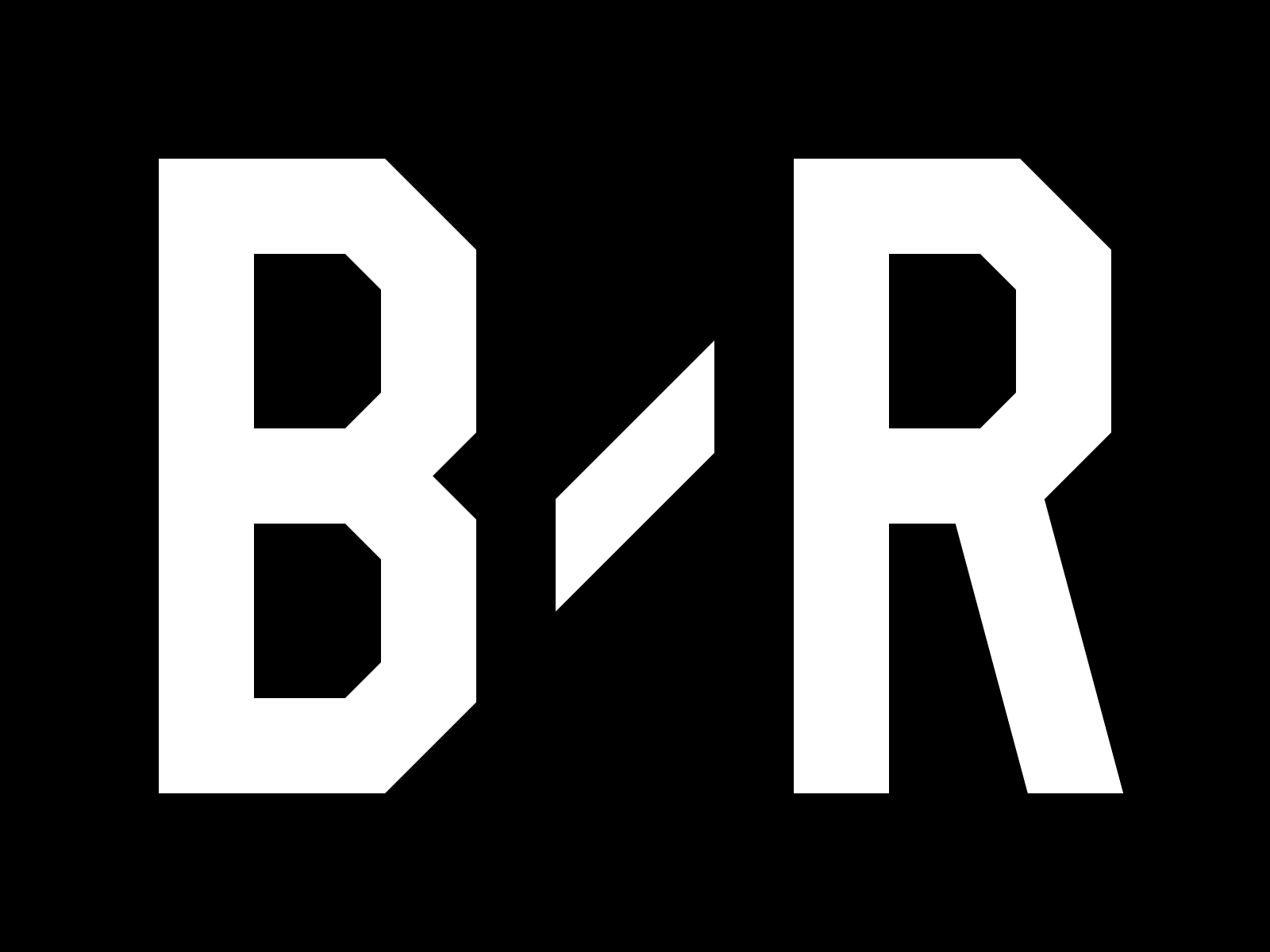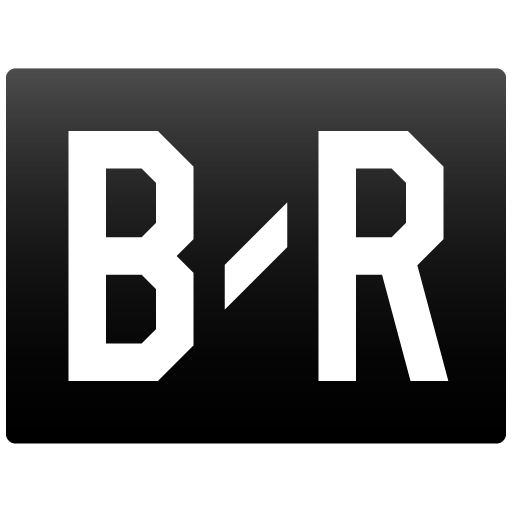For players who aren't quite ready for a regular roster spot, the two-way contract offers a middle ground between the G League and the NBA.
Teams get the lower-cost opportunity to develop talent; players get access to better coaching and training while also getting minutes (at the G League level) that wouldn't usually be available to them with the big club.
But some players show out sooner than others and earn regular rotation minutes. They are limited to 50 games on an active roster during a regular season and aren't playoff-eligible. At that point, teams often look to make room for the player on the standard roster (via conversion or a new contract entirely).
Fortunately, the 2023 collective bargaining agreement expanded NBA rosters from a pair of two-way spots to three, and nearly every team has taken advantage (89 of the possible 90 are filled, H/T to Sports Business Classroom for the complete list).
The salary for the entire 2023-24 season is a healthy $559,782—enough to keep some of the best almost-NBA talent from venturing overseas for viable compensation.
Who are the best prospects currently on two-way contracts?
Honorable Mention

The G League season is just underway. As prospects show out, this list may look different over the next few months.
For now, more NBA-proven talent will get the nod—players who have regular-season experience and are trying to make their way back to standard contracts (notably Joshua Primo and Skylar Mays, who will be converted shortly, H/T Shams Charania of The Athletic and Adrian Wojnarowski of ESPN, respectively).
Intriguing prospects like GG Jackson II, drafted at No. 45 by the Memphis Grizzlies, must show their potential is reachable, and that will take some time at the G League level. Jackson was widely considered a first-round talent at South Carolina and may be one of the top upside two-way players. He and others like him (Amari Bailey, Emoni Bates, Colin Castleton, Keyontae Johnson, Jaylen Clark, etc.) will be left off the list.
Some returning players were high-impact in the G League last year but still haven't earned standard NBA contracts, like Jay Huff, Trevelin Queen, Isaiah Mobley, Lester Quinones, etc. Should they top this list as productive players in the G?
For now, no, but they're on the right path on two-way contracts and could make their marks as the season progresses. Others to watch are Moussa Diabate with the LA Clippers and Keon Ellis with the Sacramento Kings.
No. 10: TyTy Washington Jr.
The Houston Rockets drafted and eventually dumped several recent first-round picks in recent years, including TyTy Washington Jr. at No. 29 (originally picked by the Memphis Grizzlies on behalf of Houston). Washington played in 31 games as a rookie but struggled to produce (36.3 percent from the field and 23.8 percent from three).
Almost 22, Washington still has the talent he showed at Kentucky but needs more time to develop and prove those skills translate at the NBA level. Even last year, in eight games with the Rio Grande Valley Vipers, Washington's 26.6 points and 7.6 assists a game came at a high volume and relatively low efficiency (though a 2.1-1 assist-to-turnover ratio is reasonable).
Now, he'll get a chance to develop with the Milwaukee Bucks on a two-way, probably getting most of his time with the Wisconsin Herd.
No. 9: Udoka Azubuike
The Utah Jazz selected Udoka Azubuike at No. 27 in 2018 but chose not to pick up his fourth-year option, letting him go to free agency this summer. The Phoenix Suns added him as a two-way, picking up a 24-year-old, 6'11", 270-pound center.
Azubuike didn't do much in Utah, but he was behind Rudy Gobert and then Lauri Markkanen, Walker Kessler, and Kelly Olynyk. The Suns are heavily invested in star power, so finding a potentially productive player to develop in the G League could prove beneficial—though Phoenix is one of the few NBA franchises without an affiliate.
The Suns may place Azubuike on assignment with one of the other G League squads without any real control over his minutes or style of play.
No. 8: Keon Johnson
The Clippers haven't put much emphasis on developing players, and Keon Johnson became expendable when Norman Powell and Robert Covington became available from the Portland Trail Blazers.
Johnson, just 21, was the No. 21 pick in 2021 (taken by the New York Knicks on behalf of the Clippers) but made just 15 appearances in Los Angeles. After a year and a half in Portland, Johnson was sent to the Phoenix Suns in the Deandre Ayton deal in September. The "win-now" Suns prioritized veterans and Johnson was let go entirely.
Now, the Brooklyn Nets can see what the former first-round pick has to offer. His 34.3 percent career shooting from three-point range isn't stellar, but it isn't bad for a developing player searching for a steady role.
No. 7: Dominick Barlow
Dominick Barlow went undrafted in 2022, but the rebuilding San Antonio Spurs added him on as a two-way, playing him in 28 games. The Spurs lucked into the No. 1 overall pick to draft Victor Wembanyama, which will change the team's trajectory.
That may hurt Barlow's opportunity in the short-term, but the team re-signed him on another two-way where he'll probably get more time with the Austin Spurs than the main club.
Last season, Barlow averaged 16.1 points and 8.3 rebounds in Austin, shooting 55.3 percent from the field. Even at the G League level, Barlow wasn't a consistent three-point shooter (30.4 percent on low volume)—but that's not his game yet. If that doesn't develop, he must find other ways to contribute.
No. 6: Jamal Cain
The Miami Heat have a well-earned reputation for finding and developing players. Jamal Cain may be the next in his second year with the franchise.
The 6'6", 24-year-old forward played 15 games with the Sioux Falls Skyforce last season, averaging 22.1 points and 9.1 rebounds, shooting 54.9 percent from the field and 37.5 percent from three-point range.
Miami has the roster space to add Cain on a standard contract but may not be in a rush. In the meantime, he's in an excellent spot to grow into a full-fledged NBA player.
No. 5: Jerome Robinson
Jerome Robinson was a 2018 lottery pick (No. 13) with the Clippers, but L.A. sent him to the Washington Wizards in 2020. He didn't stick in Washington but has gotten a chance to revive his NBA career with the Golden State Warriors.
Robinson, 26, still has much to offer as a 6'5" wing. He hasn't shot well in the league (31 percent from three) but was solid with the Santa Cruz Warriors last year in 24 appearances (14.8 points and 4.8 assists per game, shooting 46.3 percent from the field and 36.2 percent from deep).
With one of the highest payrolls in the league, Golden State has limited means to add talent. Robinson could eventually end up on the team in a reserve role.
No. 4 Jeremiah Robinson-Earl
Jeremiah Robinson-Earl was hurt by roster crunch with the Oklahoma City Thunder and Houston Rockets. The New Orleans Pelicans were happy to benefit, adding him as one of three two-ways.
The 6'8" forward is only 23, can play three positions, including small-ball center, and brings 92 games of experience into the 2023-24 campaign. Robinson-Earl was initially drafted by the New York Knicks at No. 32 but was traded to the Thunder soon after.
The challenge will be finding opportunity on the Pelicans with all the front-court players ahead of Robinson-Earl.
No. 3: Théo Maledon
In his second year with the Charlotte Hornets—after two with the Thunder—Théo Maledon is a regular rotation player earning 17.5 minutes a game. Drafted at No. 34 in 2020 by the Philadelphia 76ers (eventually traded to Oklahoma City), Maledon is still developing as a playmaking guard.
His biggest flaw to date is shooting, which may limit his long-term viability. Through 2021-22 with the Oklahoma City Blue, Maledon shot 41.7 percent from deep on 4.0 attempts per game. That dipped to 32.4 the following year (4.57 percent) with the Greensboro Swarm, and he's at just 31.1 percent thus far in the NBA.
Still, he's playing real minutes with the Hornets and has strong potential as a defender and second-unit distributor.
No. 2: Neemias Queta
Neemias Queta was drafted at No. 39 in 2021 by the Sacramento Kings. After two years on a two-way contract with the franchise, the team let him go in September to find a better opportunity with the Kings overstocked at his position. The Boston Celtics capitalized quickly, adding the 24-year-old center to a two-way contract.
Queta has an excellent size at 7'0" and weighs 248 pounds. He has potential as a defensive anchor and efficient finisher at the basket. In a preseason game, he scored 18 points in 13 minutes. If he has a comp, perhaps it's NBA champion DeAndre Jordan (No. 35 in 2008).
For now, Boston may prefer sitting with an open roster spot given the team's high payroll and more experienced bigs like Kristaps Porziņģis, Al Horford and Luke Kornet ahead of Queta. But he's in the team's developmental pipeline as one of the top prospects on a two-way.
No. 1: Matt Ryan
With the Los Angeles Lakers early last season, Matt Ryan hit a huge buzzer-beating three-pointer against New Orleans to force overtime. The Pelicans remembered that moment and didn't hesitate at the chance to pick up the 26-year-old forward this offseason.
Injuries have propelled Ryan to a regular rotation role (almost 23 minutes a game), and he's earned his time, shooting an efficient 41.7 percent from three-point range on relatively high volume (5.3 attempts).
Ryan has a distinct role as a floor spreader, one he's likely to fill for the Pelicans on a regular contract once the team makes roster space. Competing executives think the team will eventually move Kira Lewis Jr. to get under the NBA's luxury-tax threshold ($165.3 million), with Ryan taking his spot.



Read 11 Comments
Download the app for comments Get the B/R app to join the conversation